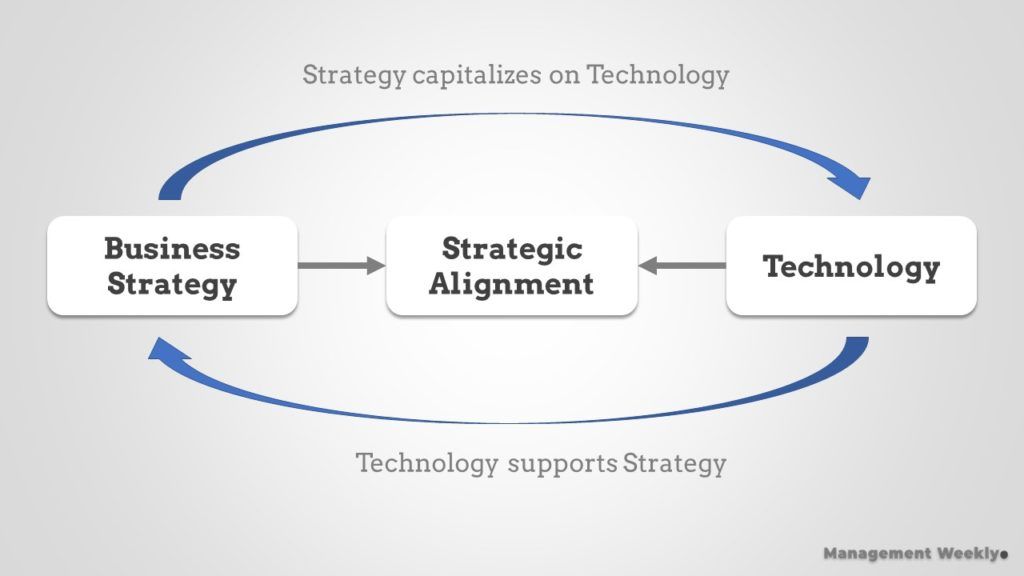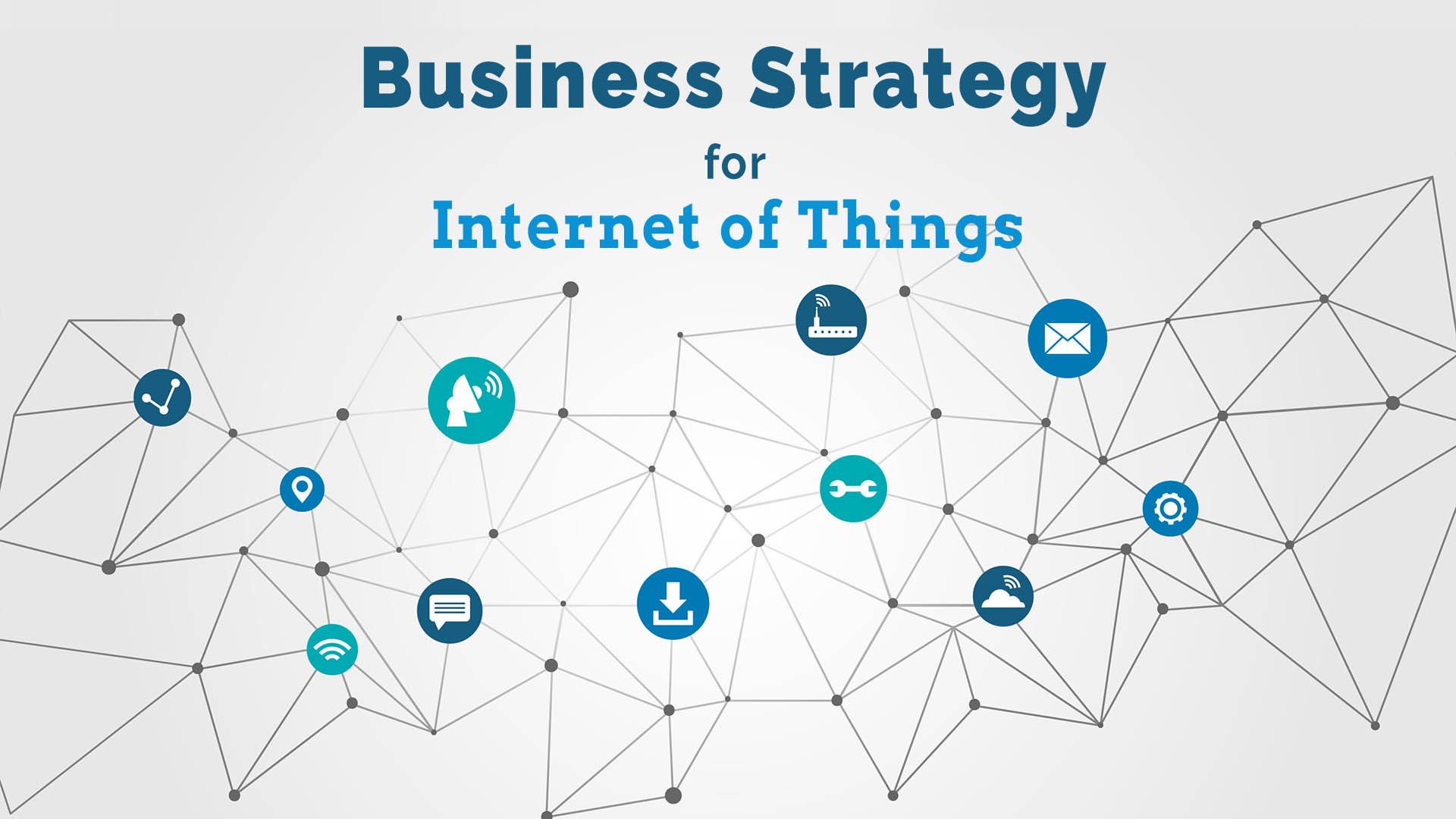IoT is one of the trending technologies and an essential part of Industry 4.0. However, it is an untested technology. We need to develop an appropriate IoT business strategy. We shall first discuss what IoT means for your business. Subsequently, we shall see how it can provide a competitive advantage. Finally, we shall throw some light on the most difficult part of technology adoption: the implementation and its challenges.
Contents
What does IoT mean for your business?
IoT is an acronym for the Internet of Things, sometimes written as IoT. The concept of IoT was started by Kevin Ashton in 1999. It is a network of wirelessly connected things using smart sensors. Most importantly, IoT shares information on the backbone of interfaces, protocols, and standards.

There have been many waves of technology revolutions in the world and IoT could potentially be one of them. We can learn from older technologies and innovations. Subsequently, we can use it in the case of the IoT. This will help us in developing a strategic position. We need to develop an IoT business strategy in terms of the competencies. Further, we need to foresee the potential changes in the business environment. The larger implications will be clear only in the future. It is also possible that this may be technology fad but companies need to invest if their domain of business requires such infrastructure.
IoT and competitive advantage
Researchers and futurists across the world have speculated some remarkable changes due to IoT. IoT is not just another technology or tool but it is an entire ecosystem. We are witnessing a wake of a new digital corporate environment. This is possible due to IoT driven business processes. IOT opens up new avenues of research. Although technical aspects have been explored better, there is a lesser understanding of the business aspects. There is immense potential to improve the business models.
We shall try to analyze some research to find out how to deal with changing landscapes. We shall be seeing this to get an idea of how this can be used in the context of IoT platforms. This shall help us understand, predict, and control the change that is expected in the IT landscape when companies have to either deal with fully interconnected devices in the IT network.
IoT is the new wave of IT
Porter and Heppelmann discussed the three phases of IT waves that have transformed the organizations:
| First wave | Automation | 1960s -1970s |
| Second wave | Internet | 1980s – 1990s |
| Third wave | IoT | 2010s-2020s |
During the first wave, the individual processes were automated. This transformed the value chain for the organizations. Essentially, a phase of computerized mechanical systems as well as computer-aided planning. The second phase was about the rise of the internet. Internet as a communication medium changed how the firms did business. The changes in business processes lead to a global network of businesses.
Today, we are witnessing the wake of the third IT wave. Porter and Heppelmann have projected the third wave. In this wave, IT is embedded in the product itself. These new products use interconnected data resources. Therefore, they will create a richer value chain for the firms.
IoT’s impact on business processes
IoT will create three big changes to the business processes:
- Integration of IoT into the business processes.
- Enhanced usage of data in business intelligence.
- Enable real-time analytics
The vast array of devices, sensors, and actuators will create an information network. Firms have already started using IoT in manufacturing and Logistics. However, very soon it will be used in other departments. Therefore when we talk about IoT business strategy, we must think about the network of information.
However, information by itself is not very useful. We have to integrate it into the business processes. Most importantly, the integration of IoT in business processes would help in real-time analytics.
Leveraging IoT to improve business processes
IoT use case in the aviation industry
Consider an airline. One of the biggest challenges for an airline is turnaround time. The turnaround time is the time taken to prepare an aircraft for take-off after it has landed. It typically ranges between 40 to 60 minutes.
There are about 25 different activities between flight arrival and departure. It is a laborious and sophisticated process. The use of IoT in such business processes could lead to a significant reduction in the turnaround time. A time saving of a few minutes is can provide a competitive advantage to an airline.
IoT implementation framework
Top executives can become overwhelmed with the complications of technology. We can simplify IoT business strategy development by dividing it into smaller manageable units. There are essentially three major types of IT: Function IT, Network IT, and Enterprise IT. This typology was created by McAfee.We can use this to analyze the implementation of IoT. It will help us visualize the impact of IoT clearly.

The best thing about the function IT is that it is independently deployable which helps in speedy diffusion. In the case of IoT systems that are functionality based, they are already being developed and sold as they are not dependent on the complements to be there in place. These are interconnected in a rudimentary sense only.
On the other hand, the network IT aspects of the IoT systems would be the core of the technology as it would form the information platform for the devices to interconnect and share information with each other. Even at this stage, it can be deployed without dependency on another. Moreover, a lot of the information highway would be based upon internet protocols.
When we come to the Enterprise IT, we see that it imposes major challenges as that needs to be implemented enterprise-wide which is a difficult task. It would require several inter-dependency, co-ordination as well as standardization of the subs-systems. It may require years of effort analogous to the effort required for the ERP systems. However, the use of efficiency, performance gains, etc from IOT need to implemented in a phased manner as per the development of the technology takes place.
Alignment of organizational strategy with IoT strategy
When we look at the interconnected system from a larger perspective, we need a unifying theme. The strategic direction of the firm is the ingredient that guides the development, deployment, and usage of IoT. We also need to look at people and processes. The synergy and alignment are the foundations for the success of any IT change in an organization.

Source: Tallon & Kraemer,1999
Tallon and Kraemer developed this model for strategic alignment. It shows the relationship between the strategic aspects of management and firm performance. We can say that IoT adoption should aim to add business value. We also need to ensure that it is aligned with the organization’s business strategy. Subsequently, it will lead to better performance.
Getting everyone onboard
It is challenging to develop a consensus for new technology. It is because strategizing essentially demands a common unified vision. The biggest challenge is to get everyone on board. Subsequently, allocating a sizeable investment in the new technology is another pain point. This is one of the critical roadblocks to the acceptance of IoT in the firms.
However, there is a straight forward solution. Firstly, we need to propose IoT as a strategic business tool along with a cost-benefit analysis. There is a major role of investment in the acceptance of the technology. This will make it somewhat easier for the top management to relate to a proposal for new investments. Secondly, it can also justify the overhauling of infrastructure.
Secondly, we have to align the IS strategy with the firm’s strategy. One of the ways to get more people on-board is through brainstorming. When people have a say in the transformation process things are much easier.
Thirdly, as executives, when we propose a major technology implementation, we have some more obligations to the firm. As stated earlier, no one knows how the IoT systems will evolve and mature. There is an inherent risk in technology projects. We must first understand the risk. Then prepare the risk assessment report. Even a simple SWOT analysis could help. This increases the legitimacy of the proposer. Further, it would strengthen the IoT business strategy.
Web of Things which essentially talks about the UX or user experience interfaces that felicitate the exchange and control of data functions. The term is similar to the Internet of Things which is a superset of Web of Things.

I really appreciate your blog post. It really covers most things about this subject. Keep it up! Don’t forget to check out my website also!